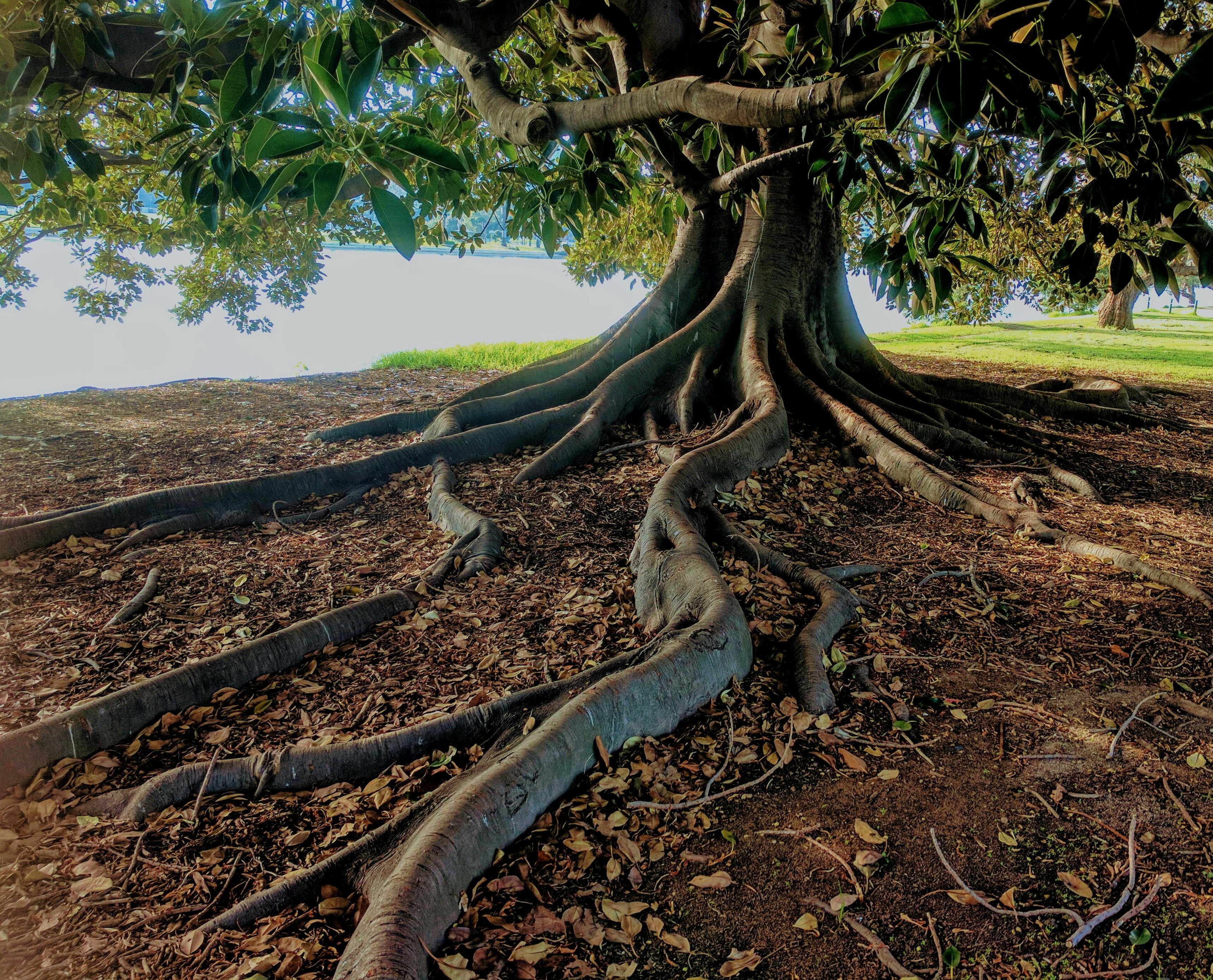Unraveling the Health Potential of Forest Therapy
Did you know that spending time in nature can have profound effects on your health and wellness? Enter the realm of Forest Therapy, a fascinating therapeutic approach that involves immersing oneself in the natural environment. Let's delve into the roots of this concept, its potential benefits, and the credible science behind it.

The Genesis of Forest Therapy
Forest Therapy, also known as Shinrin-Yoku in Japan or “forest bathing”, has its roots in the 1980s. The Japanese Ministry of Agriculture, Forestry, and Fisheries coined the term as part of a national health program. The idea was to encourage people to reconnect with and benefit from nature. Over time, scientific research began to explore the potential health benefits of this practice.
The Science Behind Forest Therapy
Several studies have suggested a link between exposure to nature and improved health outcomes. For instance, research shows that spending time in a forest can reduce levels of the stress hormone cortisol. Other studies point to improved immune function, reduced blood pressure, and enhanced mood. The calming effect of nature is believed to be due to various factors such as the soothing sounds, the visual aesthetics, and the phytoncides (wood essential oils) released by trees.
The Health Effects of Forest Therapy
Engaging in Forest Therapy can bring about a variety of health benefits. These include stress relief, mood enhancement, better sleep quality, improved mental clarity, and even increased creativity. The therapeutic effect of nature can also be beneficial for individuals suffering from depression, anxiety, and attention deficit hyperactivity disorder (ADHD).
A Glimpse of Fascinating Facts
- Forests cover about 30% of the world’s land area.
- The Japanese term Shinrin-Yoku literally translates to “taking in the forest atmosphere” or “forest bathing.”
- Research suggests that forest environments could promote lower concentrations of cortisol, lower pulse rate, lower blood pressure, and greater parasympathetic nerve activity compared to city settings.
- Forest Therapy is now recognized and encouraged in several countries around the world.
Embracing Forest Therapy in Your Life
While the concept of Forest Therapy may sound elaborate, incorporating it into your life is not complicated. You can start by spending more time in local green spaces. If you’re not near a forest, a city park will do just fine. The idea is to engage all your senses as you interact with nature. Remember, it’s not about how much ground you can cover, but about how much you can absorb from the environment around you.
Conclusion
Forest Therapy offers a unique and effective way to enhance health and wellness. By reconnecting with nature, we can harness its therapeutic potential to relieve stress, improve mood, and boost overall health. As we continue to understand the science behind Forest Therapy, we are reminded of the timeless wisdom – nature is not just a place to visit, but a place to heal and rejuvenate.




